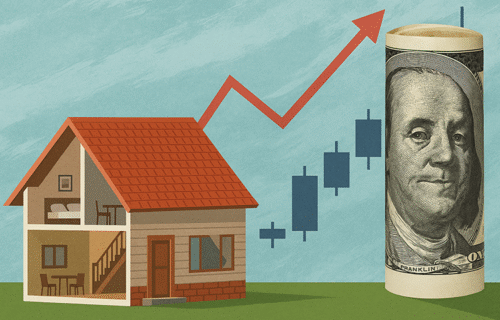After easing from the highs seen earlier this year, mortgage rates in the United States are showing signs of settling rather than falling further. The average 30-year fixed mortgage now hovers around 6.3%, its lowest point in nearly a year, but analysts expect it to remain close to this level through 2026 even as the Federal Reserve continues to lower short-term interest rates.
The reason lies in the bond market. While the Fed controls overnight lending costs, mortgage rates are tied more closely to long-term Treasury yields, particularly the 10-year note. These yields reflect investor expectations about inflation, fiscal policy, and economic growth—and despite the Fed’s recent cuts, they remain stubbornly high. Concerns over the growing U.S. deficit and the lingering effects of tariffs have kept borrowing costs elevated, limiting how far mortgage rates can fall.
Economists at several institutions, including Fannie Mae and Pantheon Macroeconomics, foresee only modest relief ahead. Both expect the average rate on a 30-year mortgage to hover around 6% in 2026, little changed from current levels. That prediction mirrors recent analyses from Reuters, PBS, and HousingWire, which all point to steady rather than sharply declining borrowing costs.
In essence, while the Fed’s policy shift toward easing has already been priced into financial markets, the long end of the yield curve remains anchored by broader forces—persistent inflation, strong consumer demand, and uncertainty about the government’s debt trajectory. The result is a disconnect between short-term rate cuts and mortgage affordability, a pattern familiar to anyone watching the post-pandemic housing market.
Some analysts still see room for a slight improvement. If inflation continues to cool or growth slows more than expected, bond yields could edge lower, nudging mortgage rates closer to the 6% mark. But others caution that a stronger economy or renewed price pressures could easily halt the decline.
For prospective homebuyers, that means relief will likely come gradually, not dramatically. Even a small drop from 7% to 6% can expand the pool of qualified buyers by millions of households, but the days of ultra-low rates below 3% remain firmly in the past. In the current environment, stability—not sharp cuts—appears to be the new normal for the U.S. mortgage market.
Source: Morningstar, Reuters and CBS
